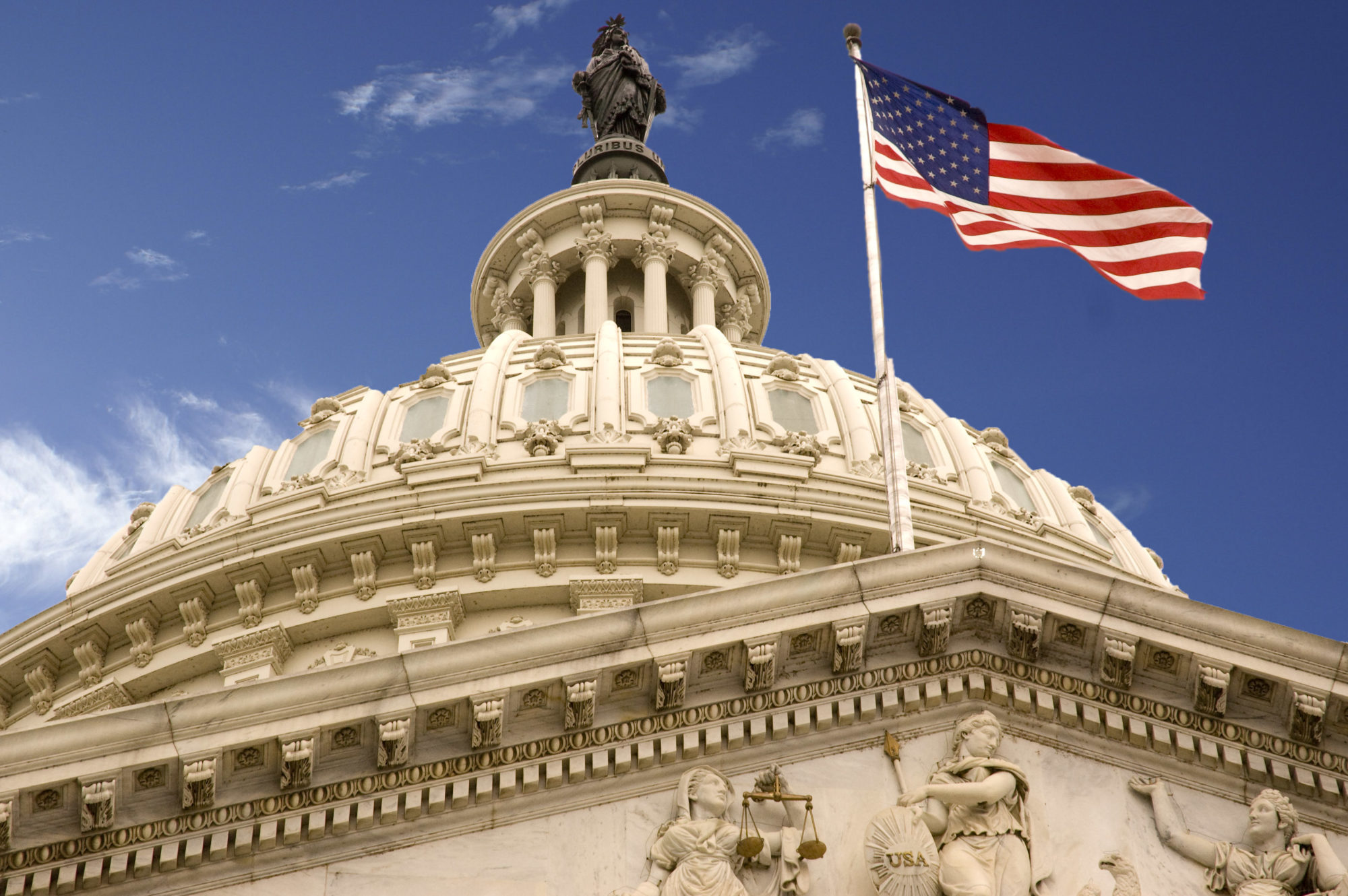
30 May New CBO AHCA Score Confirms What We Already Knew
The CBO has just released their final score for the revised version of the American Health Care Act (AHCA). Find how the CBO scored this revised piece of legislation and what it means for you in this article by Mark J. Mazur from Tax Policy Center
Meet the new estimate of the American Health Care Act (AHCA). It looks a lot like the old one.
On May 24, the Congressional Budget Office (CBO) released its estimate of the revised AHCA, which the House of Representatives passed on May 7. The revised AHCA allows states to opt out of ACA requirements establishing essential health benefits and permits states establishing high-risk pools to allow insurers to set premiums based on health status. The modified bill sets aside $8 billion to help subsidize these pools.
Like its predecessor, the revised AHCA has four distinct major components.
- One would cut taxes paid by high-income individuals (lower taxes on capital gains, divided, and interest income for households with annual income over $250,000) and by companies in specific industries: health insurance, medical devices, prescription drugs, and indoor tanning salons.
- The second is a grab bag of tax reductions, such as loosened rules for flexible spending accounts and health savings accounts, repeal of the tax on individuals who can afford but don’t buy adequate health coverage, and a further delay of the excise tax on high-cost health plans (the so-called “Cadillac Tax”).
- The third restructures the tax credits that subsidize health care coverage, moving from existing income-related tax credits for purchasing health insurance on the ACA Marketplaces to age-related tax credits to purchase health insurance.
- And the fourth cuts Medicaid spending reducing coverage and essentially paying for the tax cuts.
The chart below shows the tax changes (the first two major components mentioned) go almost entirely to the highest earning households, while providing little or no benefit to the bottom 80 percent of the income distribution. In fact, TPC estimates that a $37,000 average annual tax cut will go to the 1 percent of the population with the highest earnings (annual income of over $772,000). The top 0.1 percent of the income distribution would receive an annual tax cut of over $200,000 (annual income over $3.9 million). (Note that this chart shows the estimates for 2022, but incorporates the tax law changes for 2023 as the AHCA phases in some of the tax changes).
The bottom line: CBO estimates confirm the AHCA is largely a tax bill paired up with Medicaid cuts to offset the costs. And, as in the earlier version of the bill, almost all the benefits go to the highest income households in the country.
See the original article Here.
Source:
Mazur M. (2017 May 24). New CBO AHCA score confirms what we already knew [Web blog post]. Retrieved from address https://www.taxpolicycenter.org/taxvox/new-cbo-ahca-score-confirms-what-we-already-knew






